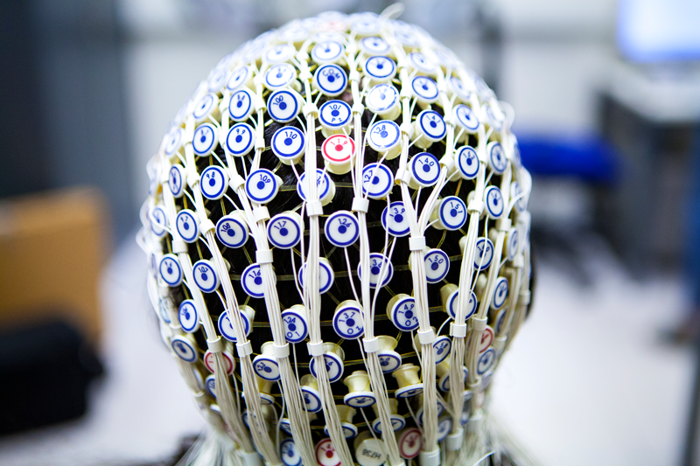Learn about brain health and nootropics to boost brain function
Shape-shifting, colour-switching ‘octopus’ emerges from a 3D printer

Just as an octopus can change colours and contort its body, so materials built by a 3D printer can alter their hues and morph into new forms.
Qingping Liu at Jilin University in Changchun, China, Lei Ren at the University of Manchester, UK, and their team used 4D printing — the 3D printing of objects that change shape over time — to make soft robots that can remodel themselves.
To do so, the researchers relied on a type of shape-memory polymer, a material that can be ‘programmed’ to change from one shape to another when heated past a certain temperature. The team mixed the polymer with pigments that change colour when heated and return to their original colour when cooled. By controlling factors such as the material’s thickness, the researchers could determine the pace of shape and colour changes.
The authors created a green-and-orange flower bud that opened into a yellow blossom, as well as an octopus with tentacles that changed colour as they unfurled.

A brain-monitoring system such as this one has been used to assess cognitive activity in people with brain injuries. Credit: Amelie Benoist/BSIP/Getty

Australia’s 3.9 million pet cats kill roughly 180 million mammals a year, and feral cats’ toll is even higher. Credit: Chris Mirek Freeman/Alamy

A huge but fleet-footed bird (Pachystruthio dmanisensis; artist’s impression) lived along the shores of the Black Sea more than one million years ago. Credit: Andrey Atuchin

Bárðarbunga Volcano in Iceland. Molten rock flowed from another, now-dormant Icelandic volcano after a blazingly fast rise from near the bottom of Earth’s crust. Credit: Arctic Images/Alamy

Wheat leaves (pictured) are so water-repellent that they can launch pathogen-laden dewdrops into the air. Credit: Aaron Riemer/EyeEm/Getty

Individual RNA molecules (coloured dots) in a cell culture. An algorithm picked out the molecules by analysing the products of a chemical reaction and identifying their relative position. Credit: Joshua Weinstein/Broad Institute

Miniaturized, highly efficient light-emitting diodes (green and red; artist’s impression) can be incorporated into computers less than one millimetre square. Credit: Ning Li and Kevin Han

Open wide: some simple organisms (artist’s impression) adopted group living more than 540 million years ago. Credit: Dave Mazierski

Women in India dry their clothes after a dip in a river during a 2019 heatwave that saw Delhi experience its hottest June day on record. Credit: Ritesh Shukla/NurPhoto/Getty

Home chefs can craft a flawless crepe with tips from new fluid-dynamic modelling. Credit: Getty

The limbs on these duelling pharaoh cuttlefish (Sepia pharaonis) formed with guidance from genes that also direct limb development in vertebrates. Credit: Steve De Neef/VW Pics/Universal Images Group/Getty

Enterococcus faecalis bacteria metabolize the drug levodopa in the gut, limiting the amount of the compound that reaches the brain. Credit: Dennis Kunkel Microscopy/SPL

Data from the final days of the Cassini mission to Saturn have detailed how the planet’s moons shape its rings. Credit: NASA/JPL-Caltech/Space Science Institute

Study participants who mainly consumed the nutritional drink Soylent still experienced fluctuations in their gut microbe populations over time. Credit: Rick Kern/Getty for Soylent

Prehistoric farmers toiling in about 3500 BC erected an island roughly the size of a basketball court, as well as a causeway, in Scotland’s Loch Bhorgastail. Credit: J. Benjamin/Flinders Univ.

This microbe’s gumdrop-shaped body twirls crazily as it swims. Credit: S. Hess et al./Nature Microbiol.

A daguerreotype owes some of its optical qualities to the shape of nanometre-scale crystals on photographic plates. Credit: Metropolitan Museum of Art/Bequest of Herbert Mitchell, 2008

A reliance on bottled water results in a much higher consumption of minuscule plastic particles than a tap-water regimen. Credit: Carlos Garcia Rawlins/Reuters
Click here to view full article